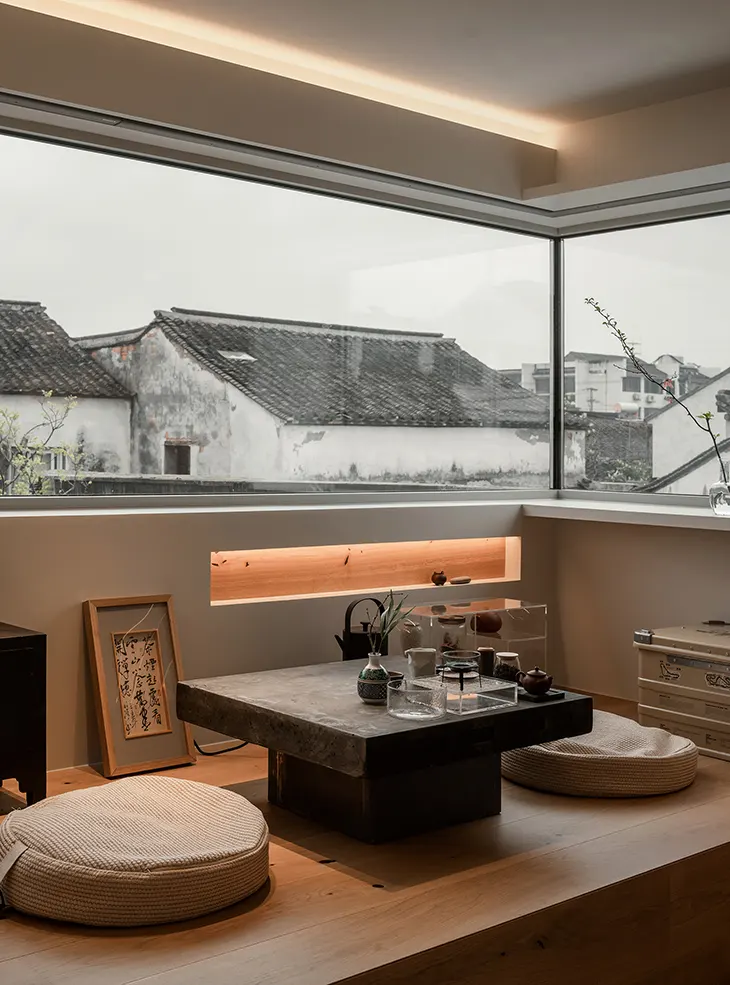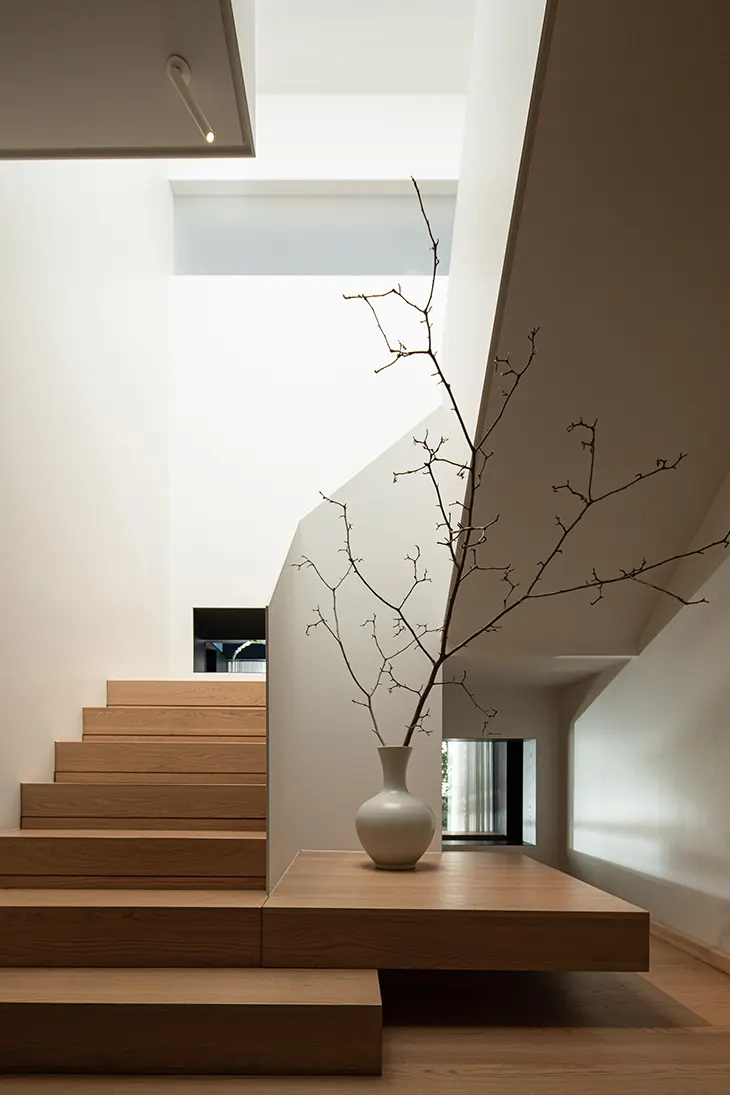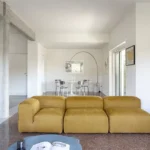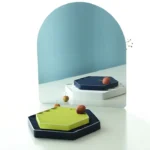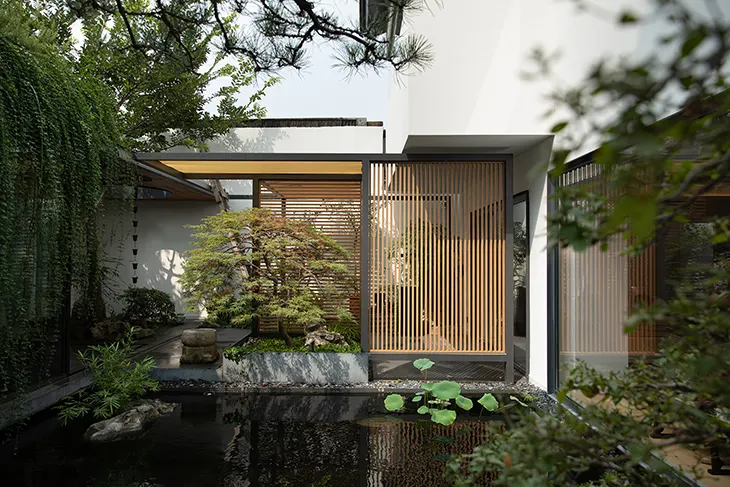
Sun Yuanliang, founder of Yuan Liang Design, speaks about Qi Yuan, his work-live space in Suzhou, China, completed in December 2023. Conceived as both a private studio and retreat, the project transforms a traditional residential setting into a quiet zone of reflection and flow. In this exclusive interview with ARCHISCENE Magazine editor Jana Kostic, Sun shares how he crafted a symbolic mountain forest within the urban density of Suzhou, where light, materials, and circulation shape a distinctly personal atmosphere.
The conversation moves through key design themes, from preserving Suzhou’s cultural rhythm to balancing architectural privacy with openness. Sun discusses the role of reused materials, the spatial dialogue between old and new, and how subtle shifts in weather, time, and plant life continue to reshape the experience of living at Qi Yuan. He reflects on emotional trust, fluid transitions between work and rest, and the quiet connections that architecture can nurture over time.
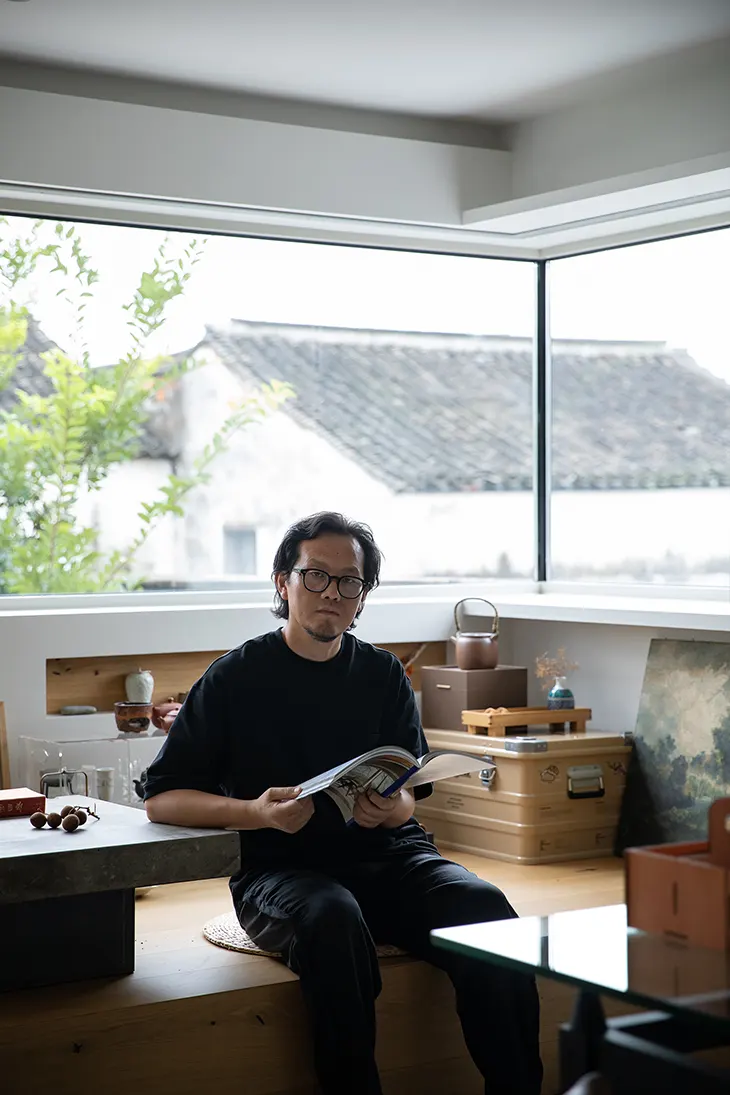
What does the name “Qi Yuan” mean to you personally, and how did it guide the project?
The name “Qi Yuan” was chosen by my wife, symbolizing a person immersed in the mountains and forests. Within this condensed landscape, the architecture becomes an integral part of nature itself.
How did you approach designing a private retreat within such a densely layered urban context?
During the renovation, the “dialogue between new and old” became the central theme of the space. Starting from the broader context of the ancient city, we transformed the original classical architecture to better suit contemporary living and emotional needs. By bringing storied buildings and landscapes into the home, we allowed nature and light to naturally enter and enrich the space.
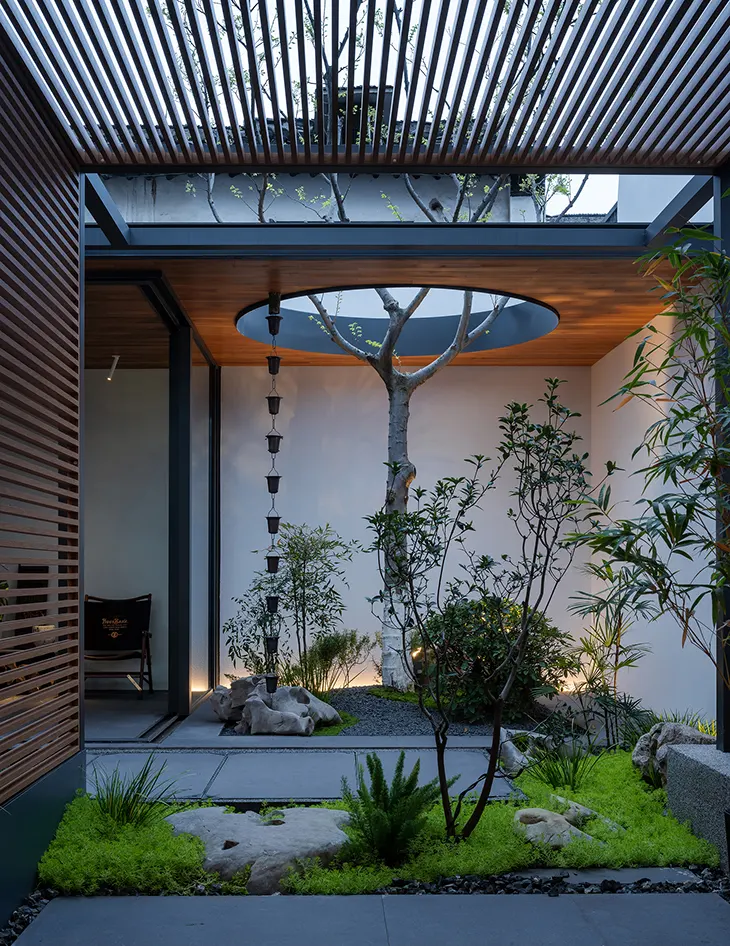
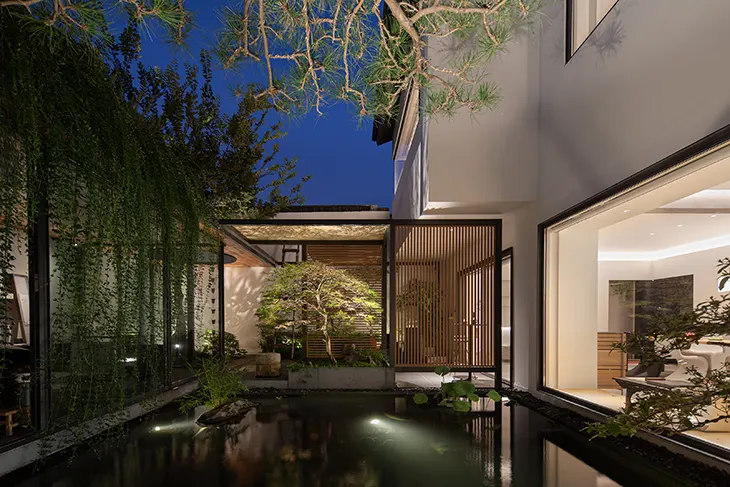
How did you design the transition between indoor and outdoor spaces to feel so fluid?
The movement paths of people create a transition between indoor and outdoor spaces. For example, as we walk inside, we often catch glimpses of the outdoors either ahead or to the side. In Eastern spatial design, it’s important to keep nature in a state of constant flow, which is achieved by connecting these movement paths – making the circulation itself a link between interior and exterior.
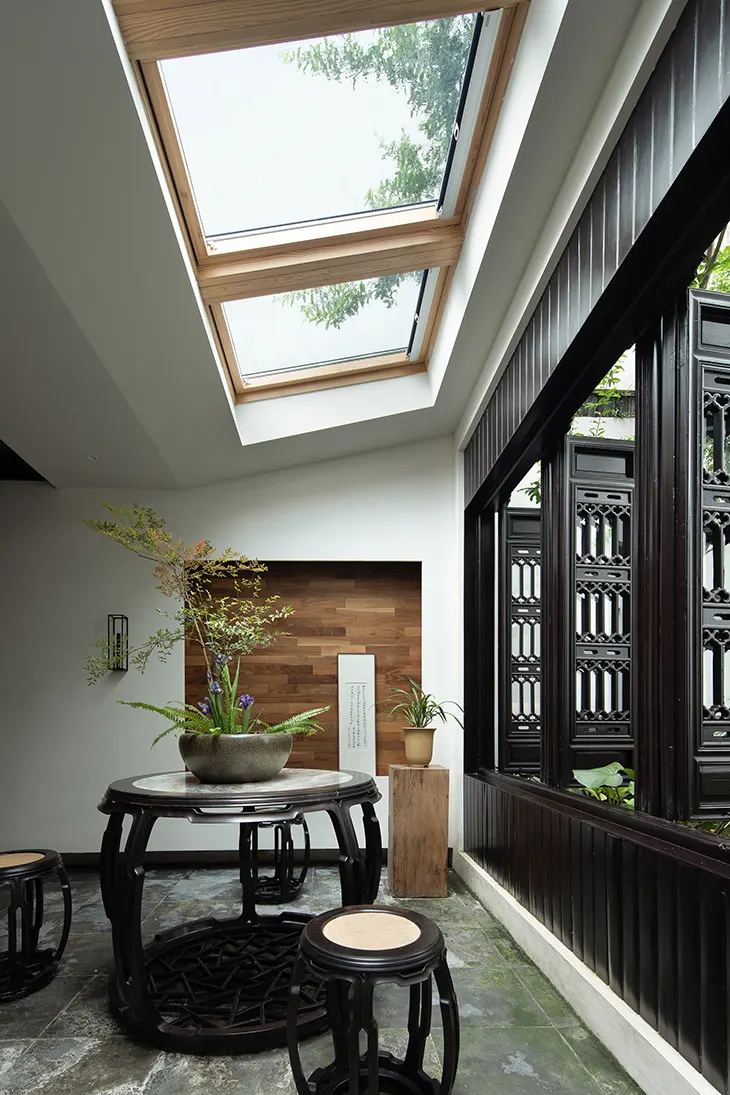
How did you decide which traditional elements to keep and which to reinterpret?
First and foremost, the poetic charm of Suzhou-style cultural space must be preserved, while the lifestyle remains contemporary. For example, the entrance gate and its integration with the street and alley reflect Suzhou culture, as does the foyer area. However, once you step inside, the interior transitions into a more modern style.
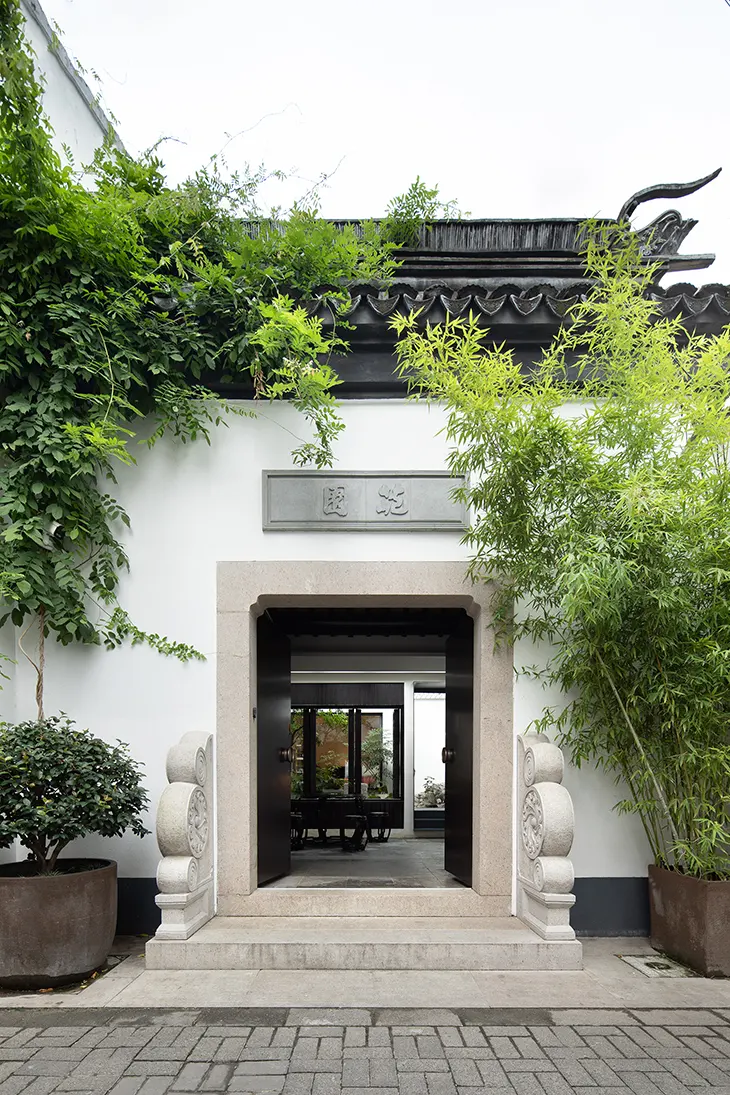
How did your choice of materials influence the atmosphere you wanted to build?
There are two layers to the material selection. First, we reused old elements from the original house – such as the existing tiles and stone – which we preserved and incorporated. Second, we introduced new materials that maintain the tonal essence and poetic mood of Jiangnan culture. These new materials primarily enhance the comfort of living.
In terms of equipment, the system controls the house’s humidity, air cleanliness, and temperature to improve the overall experience. The interaction between people and the space is mainly achieved through the integration of lighting, curtains, and smart technology – creating a brand-new lifestyle.
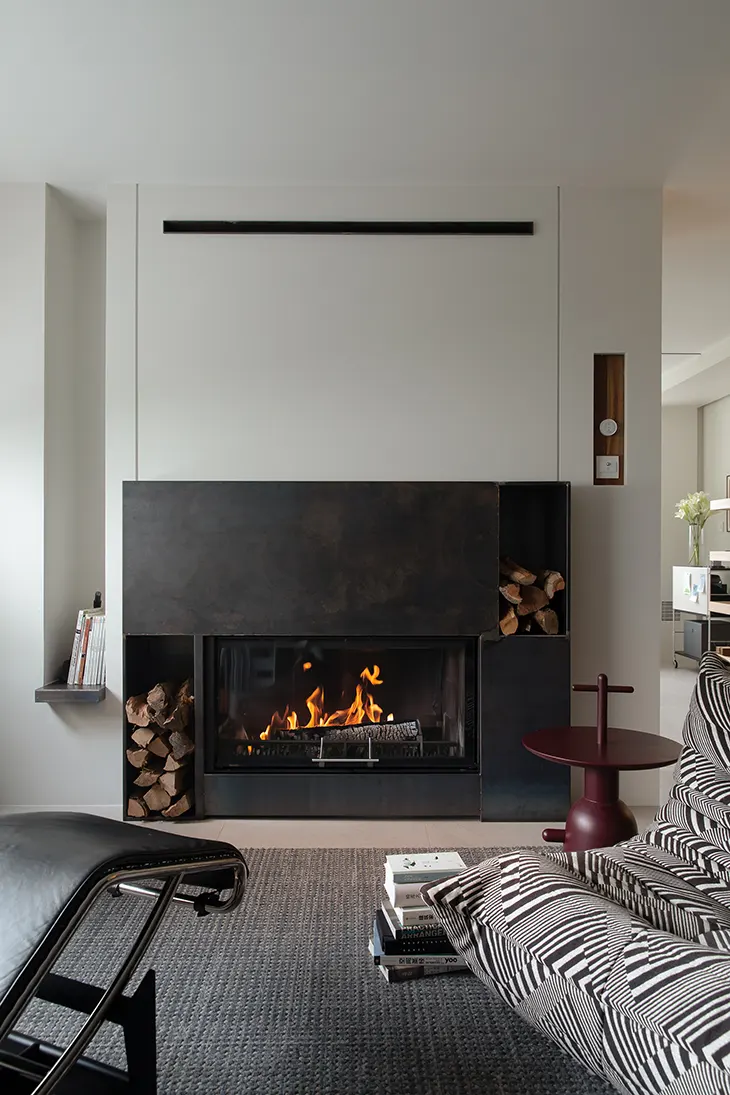
Was there a particular moment during construction or design that shifted your approach or clarified your priorities?
Places like this are quite common. The covered corridor between the newly built tea room and the south courtyard was created because, after spending a long time there, we felt it formed a sense of privacy for the building to the east. It also serves as a connection between the two buildings in front. This corridor was a solution that emerged naturally during the design process.
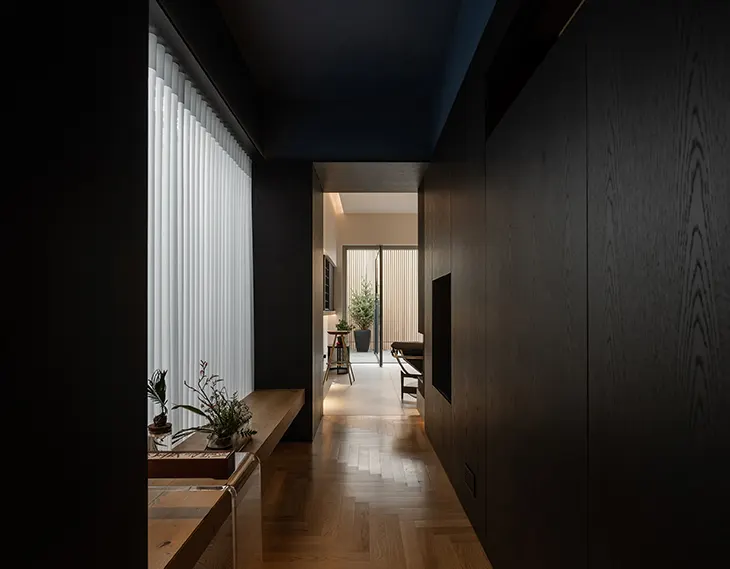
What kind of emotional response did you hope to create through the overall composition?
I’ve realized that building connections between people isn’t always easy – it can often feel like there’s a wall or a barrier between them. To remove that barrier, you first need to find a way to feel comfortable yourself. Through the atmosphere of a space, we aim to create a sense of trust and relaxation that subtly dissolves those invisible walls. Gradually, this allows people to connect and communicate more naturally, fostering an emotional bond.
How does living and working in the same space influence your daily rhythm?
Life and work here aren’t separated – they naturally flow into each other. The transition between them is seamless. I might be enjoying a cup of tea one moment, and then quickly switch to drawing plans the next. It’s a unique feeling where living and working blend together effortlessly.
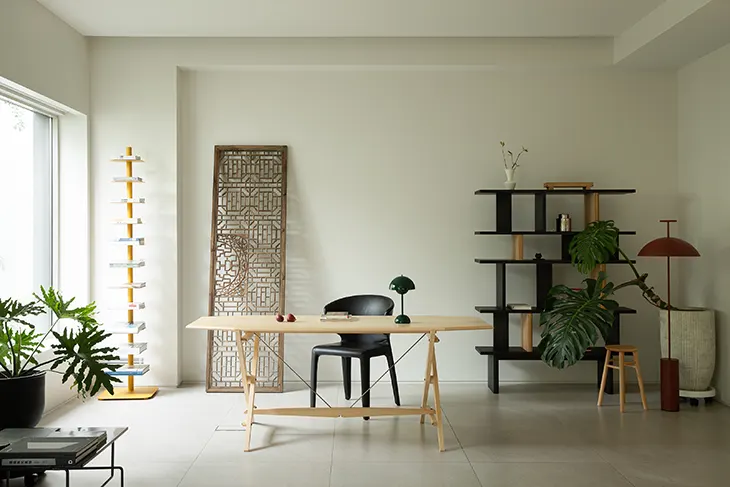

When you return to Qi Yuan after time away, what details do you find yourself noticing again?
The life within the space gives me a fresh experience every time. For example, on a rainy day, I notice the relationship between the plants and the space, or how light and shadow interact on site – each detail catches my attention differently. Whether it’s morning or evening, every moment offers a unique feeling. Even the growth of the plants changes, sometimes noticeable within just a day or two, especially during early spring when new buds begin to sprout.
Discover Full Qi Yuan Work-Live Space by Yuan Liang Design Project Overview
What ideas from Qi Yuan do you hope to carry forward into your future projects?
I especially hope to continue expressing the atmosphere of the space – creating a living environment that helps people reach a positive state of well-being. Looking ahead, no matter the city or project, I want the spaces we design to provide a genuine sense of comfort for their residents.
